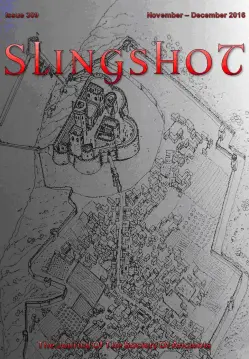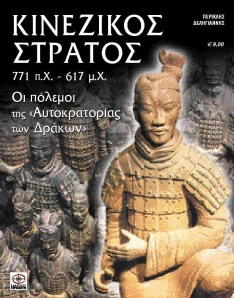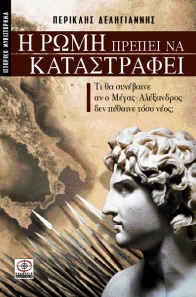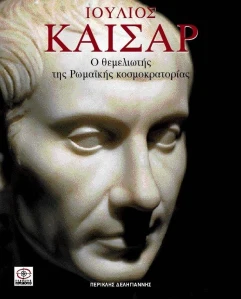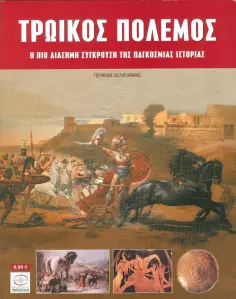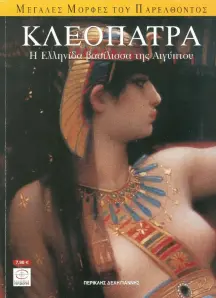
Side view detail of the helmet found at Vendel , grave I, 7th century.

A reproduction of the Vendel helmet of the burial XIV (see below) and a Vendel sword and shield by the historical association Wulfheodenas (I suppose).
.
By Periklis Deligiannis
MAGNIFICENT VENDEL and VALSGäRDE HELMETS (part II)
The numerous tribes of the Vendel age gradually began to join in larger tribal unions or confederations, usually by force, while most Jutes, Angles and Northern Saxons of modern Denmark and Schleswig-Holstein had already migrated to Britain at the beginning of this period (starting at the early 5th century AD, of the pre-Vendel era). The Svear and the peoples of Scandinavia possibly related to the continental Goths – that is to say the Heruli (Heruls) and the Gotar (Gott Gutar and/or Geats) and their branches of modern Gotaland and the Oland & Gotland Islands (in modern southern Sweden) – went on living side by side during the Vendel period (550-793 AD) and the Viking age (793– early 11th century AD). Finally after several confrontations, around the 12th century they joined in a single kingdom, after all not being significantly different in language, origins and culture. Thereby they were both assimilated in the Swedish nation.
In the Viking age, the Danes seem to have absorbed the Fervir, the Bergio, the Jutes and the part of the Heruli tribe that used to live in part of the Sjaelland Isle. It also seems that the total tribe of the Angles had already migrated to Britain, leaving their almost vacant homeland to the Dane newcomers.
Concerning again the Vendel-type helmets, sometimes they are referred as ‘Viking helmets’. In fact, they were mostly helmets of the early Leidang armies, i.e. Nordic armies that were operating inside the Scandinavian homeland. But several post-Vendel types and some Vendel proper helmets survived up to the Viking age (some of them perhaps as family heritage or heirloom) being used by Viking combatants, i.e. warriors of raiding groups or armies that were operating overseas, mostly away from Scandinavia. On the other hand, the Vendel types did spread out of Scandinavia, mainly in Britain and the South Frisian lands (the coasts of modern NW Germany and the Netherlands) by the Anglo-Saxon invaders and through military and commercial interaction with the southern Frisians who were sharing many common cultural elements with the Nordic peoples (some historians – including the author of this article – consider them as almost Nordics).
In the 20th century some researchers used to believe that there is a connection of the place name ‘Vendel’ with the Vandals, the East Germanic tribe who finally conquered Roman Africa and sacked Rome itself, but nowadays this theory doesn’t seem to have many followers.






